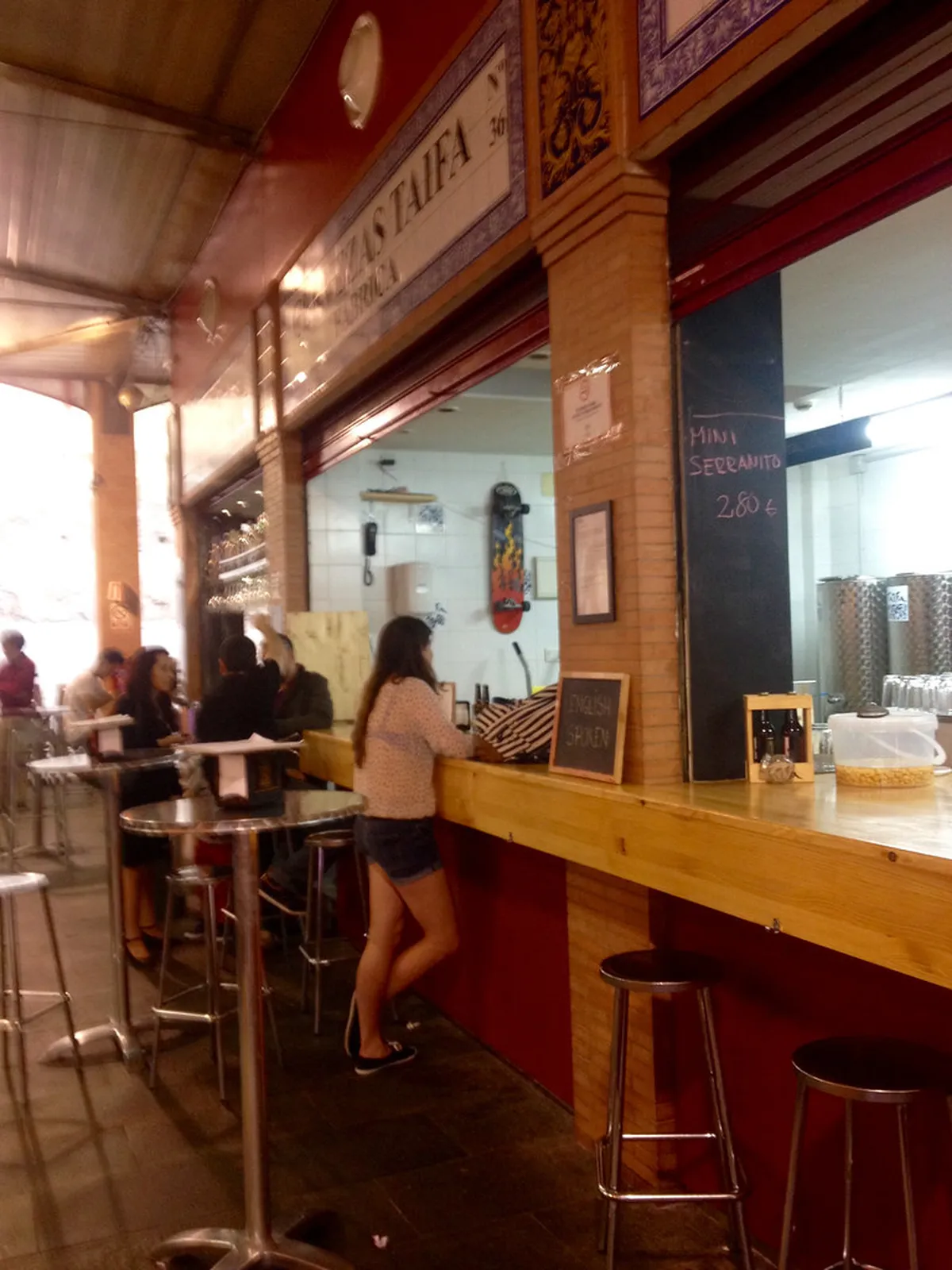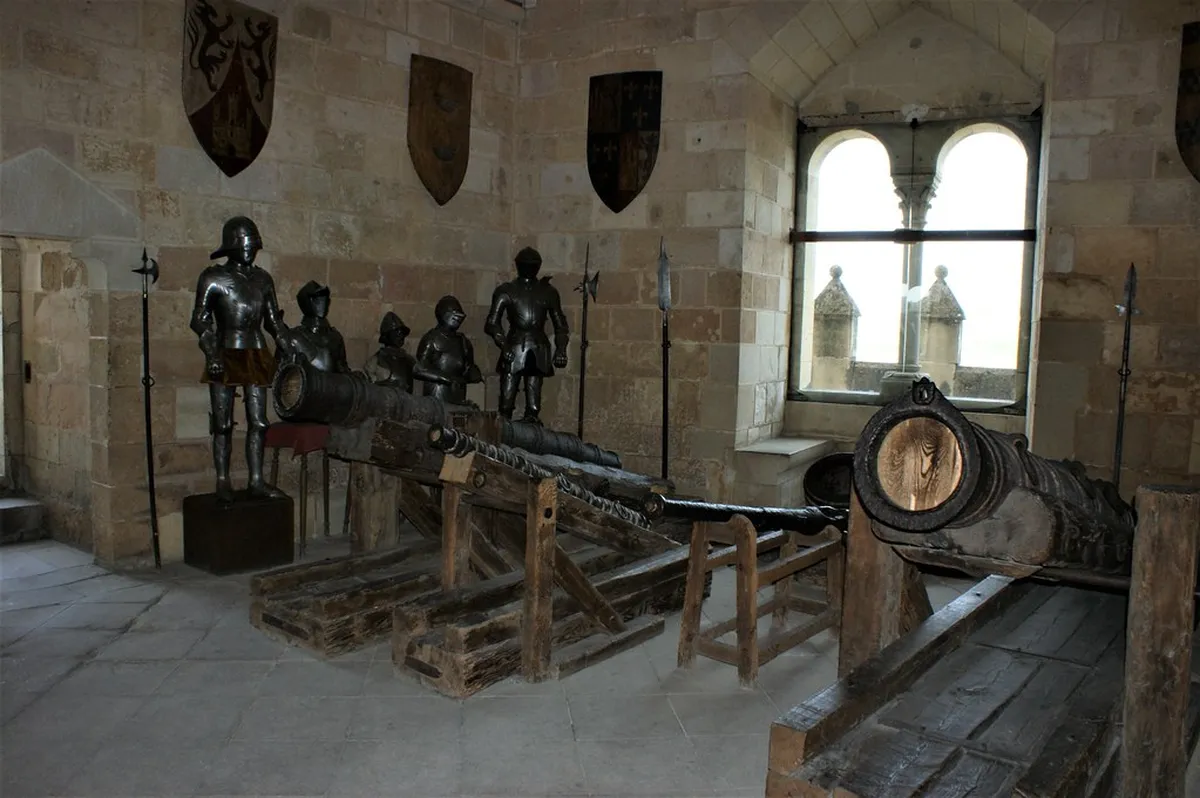Master Getting Around Seville with These Smart Travel Tips
Exploring Seville in 2025 offers a delightful experience. This charming Spanish city is known for its beautiful streets. Understanding local transport will enhance your visit. We provide expert tips for getting around Seville efficiently.
You can discover the city's heart on foot. Public transport options are also excellent here. This guide covers everything from buses to bikes. Prepare for an unforgettable adventure. For a comprehensive trip plan, check our Seville itinerary and Seville itinerary for first-timers.
Embrace Walking: Seville's Most Charming Way to Travel
Plan this trip faster with our free online itinerary maker. Get a personalized day-by-day plan in minutes.
Seville's historic center is a pedestrian's paradise. Many key attractions are very close together. Walking allows you to discover hidden plazas. You will also find charming tapas bars unexpectedly.
Plan to wear comfortable shoes during your visit. Seville’s cobblestone streets are beautiful but can be tiring. Always carry a water bottle, especially in warmer months. Staying hydrated is important for long walks.
Explore areas like the Santa Cruz quarter on foot. Its narrow, winding alleys are perfect for strolling. You cannot drive cars through many of these areas. Walking reveals the city's true character.
A guided Seville walking tour offers deep insights. You learn about history and local culture. This is a fantastic way to orient yourself initially. It helps you find your way around easily.
Most of Seville's must-see sights are within walking distance. The Alcázar, Cathedral, and Giralda are close. You can easily walk between them. This saves money on transport and gives great views.
Public Transport: Buses, Trams, and Metro Network
Seville offers an efficient public transport system. TUSSAM operates the city buses and tram (MetroCentro). The Metro provides quick links to outer districts. These services are affordable and reliable.
A single bus ticket costs around €1.40 in 2025. Buying a 'Tarjeta Multiviaje' (rechargeable card) is better. This card offers reduced fares per journey. It costs about €1.50 for the card itself.
The MetroCentro tram runs through the city center. It connects key points like Plaza Nueva and San Bernardo. It's a convenient option for short distances. Fares are similar to bus services.
Seville's Metro system has one line. It connects the city center to residential areas. This is useful for longer distances or reaching specific neighborhoods. The Metro operates from early morning until late night.
You can purchase tickets at tram stops or newsstands. Some bus stops also have ticket machines. For detailed information on routes, visit the TUSSAM website. This ensures smooth Seville travel planning for your trip.
Taxis and Ride-Sharing: Quick and Convenient Options
Taxis are readily available throughout Seville. Look for white cars with a diagonal yellow stripe. A green light on top means they are free. Taxi stands are common near major attractions.
Fares are metered and regulated by the city. A typical ride within the city center is €7-€15. There are surcharges for nights, weekends, and holidays. Always confirm the approximate fare with the driver.
Ride-sharing apps like Uber and Cabify operate in Seville. They offer a convenient alternative to traditional taxis. Prices can sometimes be more competitive. You can easily book and pay through the app.
Using ride-sharing provides transparent pricing. You know the cost before you start your journey. This eliminates any potential misunderstandings. It's a popular choice for many visitors to Seville.
For late-night travel, taxis and ride-sharing are ideal. They offer door-to-door service directly to your Seville accommodation. This ensures safety and comfort. Always confirm your destination with the driver before setting off.
Cycling and Scooters: Explore Seville on Two Wheels
Seville is a very bike-friendly city. It boasts over 170 kilometers of bike lanes. Cycling is a fantastic way to see the sights. You can cover more ground than walking.
The city's public bike-sharing system is called Sevici. You can rent a bike from numerous stations. A short-term subscription is available for tourists. It's perfect for casual rides around town.
Private bike rental shops are also abundant. They offer a wider range of bikes, including electric options. Expect to pay around €10-€20 for a day's rental. Helmets are usually available upon request.
Electric scooters are another popular option in 2025. Several companies offer rentals through apps. They provide a quick way to zip around. Always follow local regulations for scooter use.
Cycling allows you to visit different neighborhoods easily. Ride along the Guadalquivir River for scenic views. Consider renting a bike during the best time to visit Seville for pleasant weather. It is an active and enjoyable way to explore.
Getting To and From Seville Airport (SVQ): Your Gateway
Seville Airport (SVQ) is well-connected to the city center. Several convenient transport options exist. Planning your arrival and departure is easy. This section covers your best choices for 2025.
The EA Airport Bus is the most economical choice. It runs frequently between the airport and Plaza de Armas. The journey takes about 35 minutes. A single ticket costs around €4-€6.
Taxis from the airport have fixed rates. The cost is typically €22-€27, depending on time and day. This is a hassle-free option for families or groups. Taxi stands are located right outside the terminal.
Private transfers offer ultimate convenience. You can book these services in advance. A driver will meet you at arrivals. This is ideal if you have heavy luggage. Compare prices online for the best deal.
For detailed information, refer to our Seville airport transport options guide. It provides up-to-date prices and schedules. Choosing the right option makes your trip stress-free. Plan your journey carefully for a smooth start.
Navigating Seville by Car: When and If Needed
Driving within Seville's historic center is often challenging. Many streets are narrow or pedestrianized. Parking can also be very difficult to find. Most visitors find a car unnecessary for city exploration.
However, a car is useful for day trips outside Seville. Destinations like Córdoba, Ronda, or the white villages are accessible. Renting a car for these excursions is recommended. Book in advance for better rates.
If you do drive, look for underground public car parks. These are usually expensive, ranging from €20-€30 per day. Ensure your accommodation offers parking. This saves time and frustration searching for a spot.
Familiarize yourself with local driving rules. Pedestrian zones are strictly enforced. Fines for unauthorized entry can be significant. Always check for signage before driving into an area.
For a seamless city experience, avoid driving within Seville. Rely on walking and public transport. Only consider a car if your itinerary includes extensive regional travel. It simplifies your travel planning greatly.
Frequently Asked Questions
Is Seville a walkable city for tourists?
Yes, Seville is extremely walkable, especially the historic center. Most major attractions are very close to each other. You can reach the Cathedral, Alcázar, and Plaza de España on foot. Wear comfortable shoes for exploring.
Many charming neighborhoods like Santa Cruz are best explored by walking. Cars cannot access these narrow streets. Consider a Seville walking tour to discover hidden gems. Walking helps you absorb the city's unique atmosphere.
How much does public transport cost in Seville?
A single bus or tram ticket in Seville costs around €1.40. For frequent travel, buy a 'Tarjeta Multiviaje' card. This rechargeable card reduces the per-journey cost. The card itself has a small purchase fee, about €1.50.
Metro fares vary slightly based on zones, but are also affordable. A day pass or tourist card might be available. Check the TUSSAM website for the most current Seville travel budget options. Public transport remains a cost-effective choice.
What is the best way to get from Seville airport to the city center?
The EA Airport Bus is often considered the best option. It is cost-effective and runs frequently. The journey to Plaza de Armas takes about 35 minutes. Tickets cost around €4-€6 per person.
Taxis are also a convenient choice, offering a fixed rate. This usually ranges from €22-€27 in 2025. It is faster and more direct than the bus. For more details, consult our Seville airport transport options guide.
Do I need to rent a car for getting around Seville?
Generally, you do not need to rent a car for exploring Seville. The city center is highly walkable. Excellent public transport options also exist. Parking is often difficult and expensive.
Renting a car is only recommended for day trips outside Seville. Use it to explore the broader Andalusia region. Otherwise, rely on walking, buses, and taxis. This will make your Seville experience much smoother.
Are there electric scooters available for rent in Seville?
Yes, electric scooters are readily available for rent in Seville in 2025. Several app-based companies operate within the city. You can find them parked in many central locations. They offer a quick and fun way to travel short to medium distances.
Always ensure you understand local regulations before riding. These rules cover where you can ride and park. Helmets are often recommended or required by law. Scooter rentals are popular for tourists.
Navigating Seville in 2025 is easy with these transport tips. Walking remains the top choice for exploring its charming heart. Public transport, taxis, and bikes offer great alternatives. Choose the method that best fits your travel style.
Plan your movements effectively to maximize your visit. Seville’s beauty is best enjoyed when you move around freely. Use these Itimaker insights to craft your perfect journey. Start planning your incredible Seville itinerary today!
Key Takeaways
- Prioritize walking for discovering Seville's historic center.
- Utilize the Tarjeta Multiviaje for cost-effective public transport on buses and trams.
- Consider taxis or ride-sharing for late nights or direct airport transfers.
- Rent a bike or scooter to explore wider areas with dedicated bike lanes.
- Avoid driving within the city center; a car is only useful for day trips.



